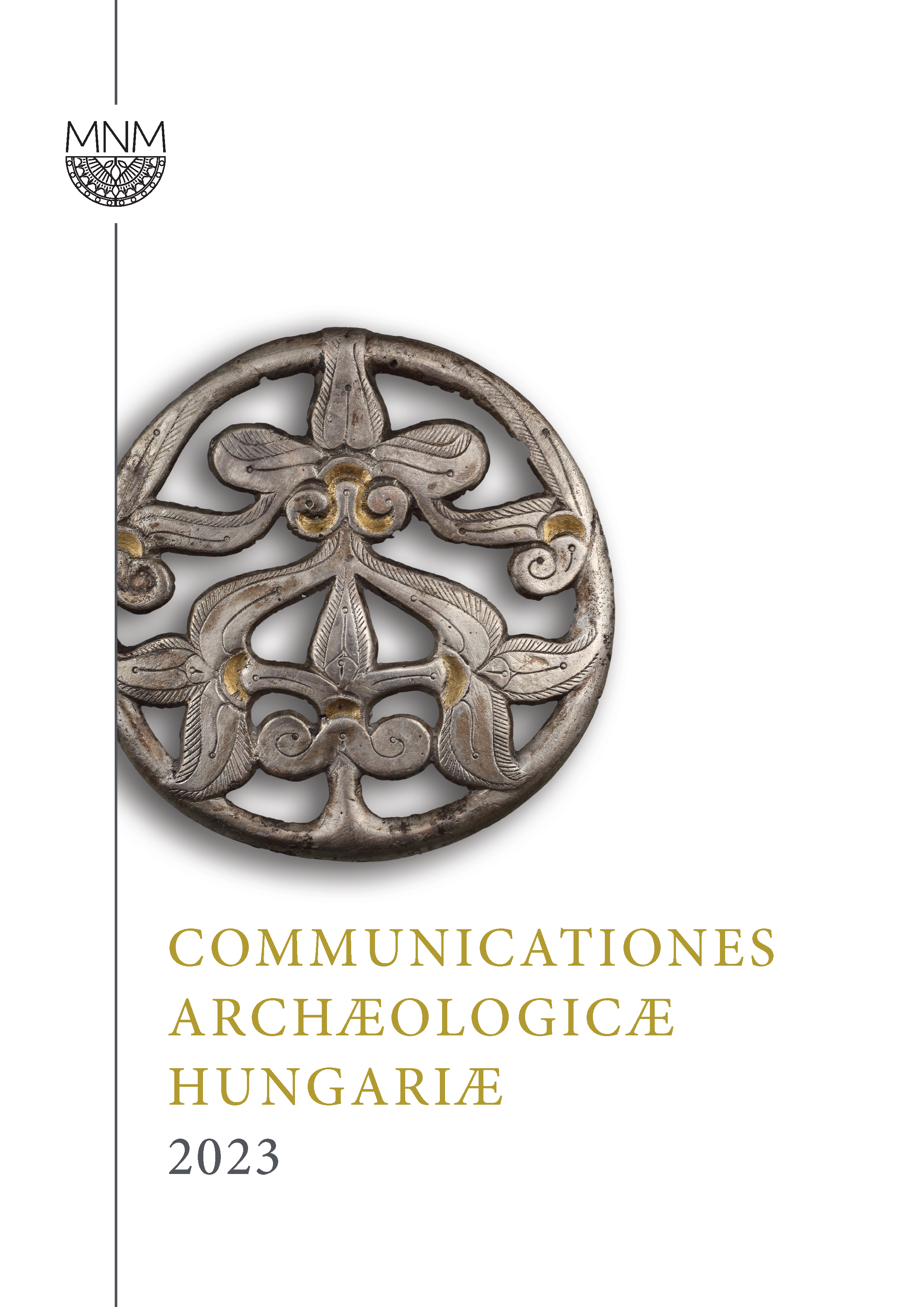Published 2023-12-16
Keywords
- Hallstatt Period,
- hilltop settlement,
- metal detector survey,
- hoard
How to Cite
Abstract
In January 2023, the National Institute of Archaeology of the Hungarian National Museum launched a new research programme, the aim of which has been to explore the Somló Hill (Somló-hegy) (Veszprém County), a site neglected by systematic field research focusing on Late Bronze Age (LBA) and Early Iron Age (EIA) inhabitation. Somló Hill was often considered one of the most important EIA power centres in the western part of the Carpathian Basin. However, this notion was based mainly on funerary evidence partially unearthed from nearby burial mounds. Beyond doubt, these burials are associated with a prominent elite in the Ha C Period that maintained long-ranging contacts with communities in the (north)west and south. By contrast, virtually nothing is known about either the extent of the EIA settlement both in geographical and chronological terms, its inner structure, or the activity of the community associated with it. In this paper, we aim to show some of the first results of the field research conducted in the last months on the hill and to introduce the first documented EIA hoard of Somló Hill. The typo-chronological evaluation of the hoard suggests that it was deposited in the Late Hallstatt Period, i.e. the Ha D2–D3 phases.


